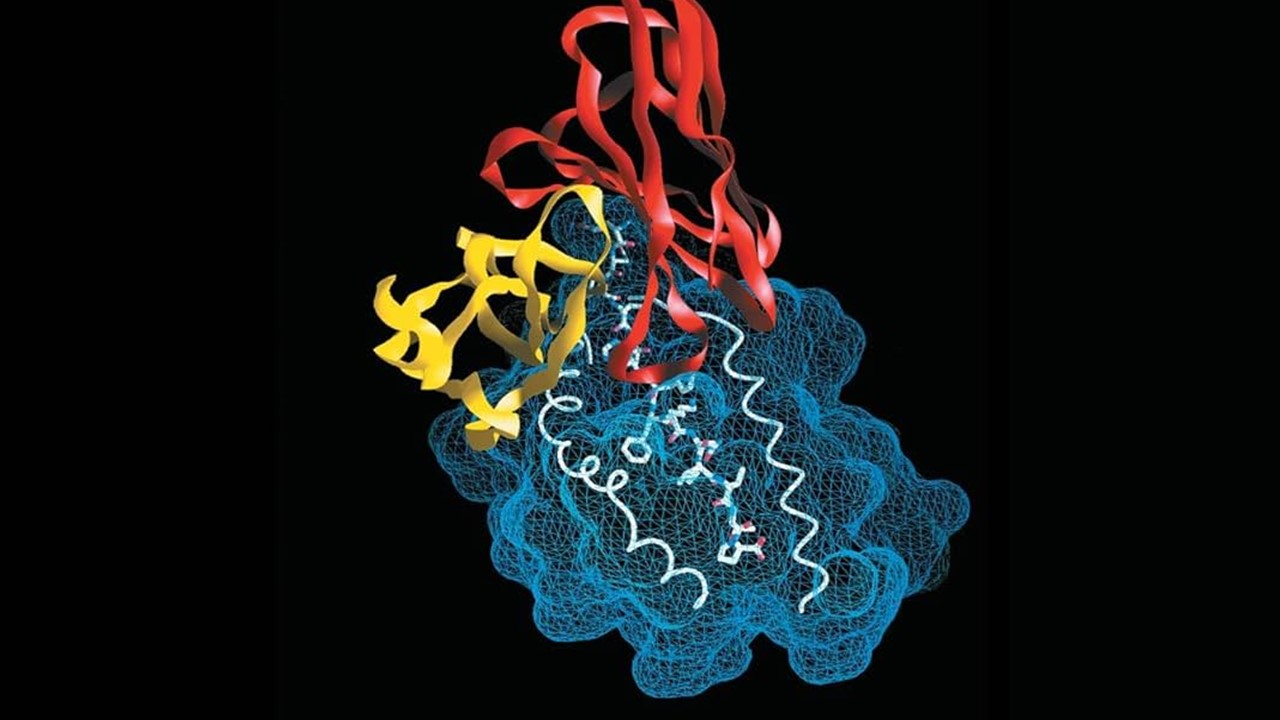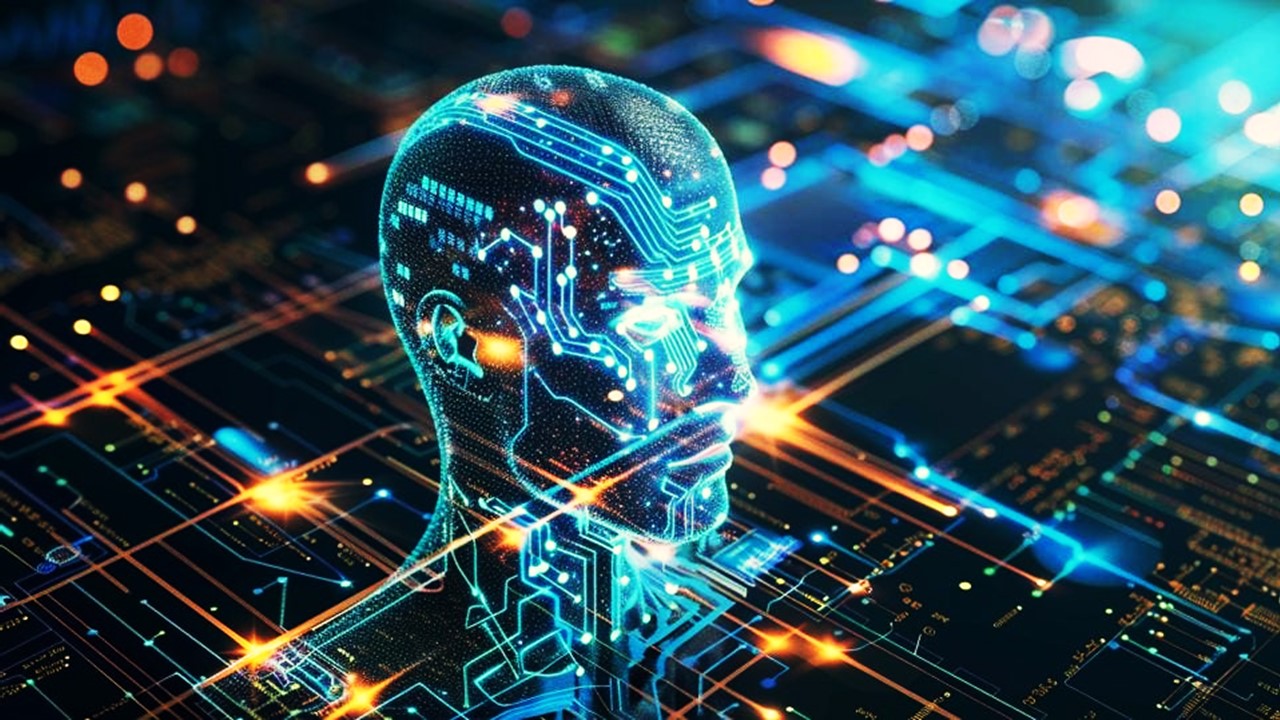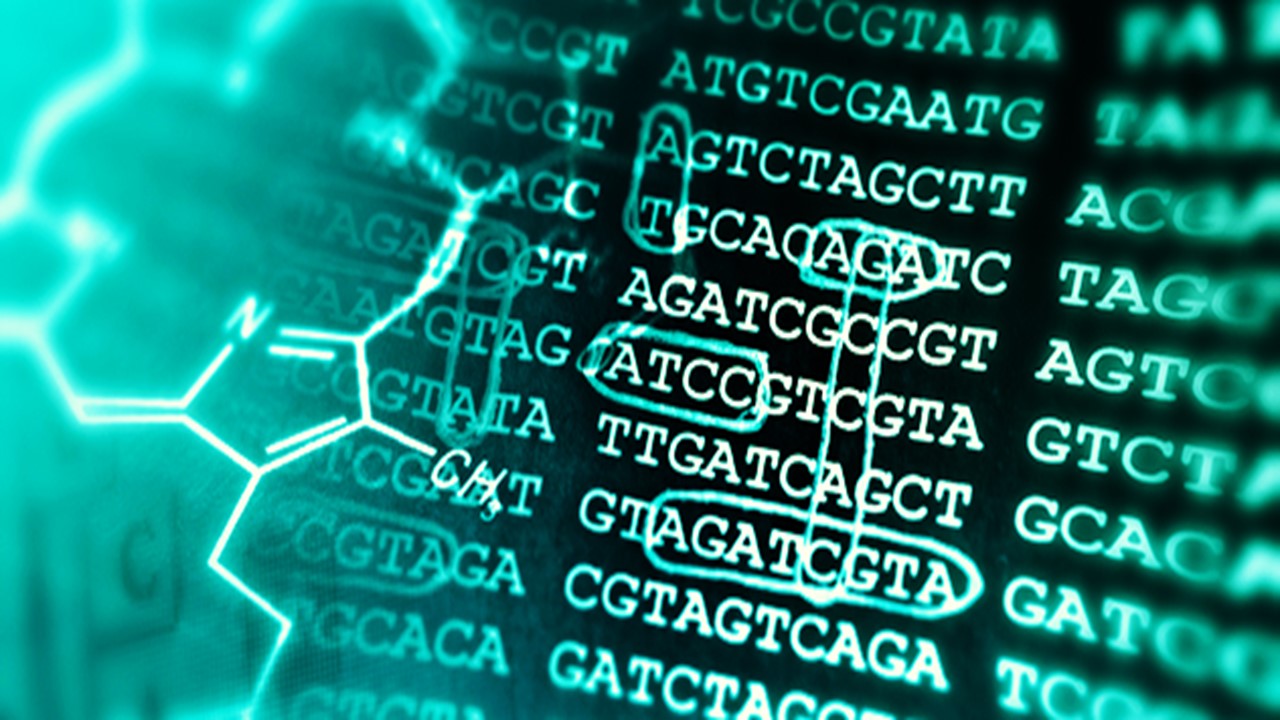For much of its history, drug discovery was characterized by fortunate accidents, where breakthroughs emerged not from meticulous research but from chance. A prime example is the discovery of penicillin by Alexander Fleming—a moment that reshaped modern medicine. This era was marked by a more empirical approach to identifying new drugs, relying heavily on trial and error and the keen observations of scientists.
The reliance on serendipity began to wane by the mid-20th century. The 1960s and 1970s introduced a more structured approach to drug discovery, which paved the way for the systematic investigation of biological systems. Among the most groundbreaking developments was X-ray crystallography, a method that allowed researchers to visualize the atomic structure of proteins. For the first time, scientists could see their targets with unprecedented clarity, giving them the ability to rationally design drugs based on the structural information of their biological counterparts. The insight into protein structures shifted drug discovery away from randomness and ushered in the era of rational drug design, where computational tools began to play a more critical role in predicting molecular interactions.
Computational Advancements: A New Paradigm
The introduction of computational methods into drug discovery marked a profound shift in the industry. This approach, first widely recognized by Merck’s application in the early 1980s, introduced a methodical, algorithm-driven process to predict and simulate how potential drug molecules would behave in biological systems. These computational techniques laid the groundwork for more advanced modeling, particularly with the development of powerful algorithms capable of processing vast amounts of chemical and biological data.
The rise of biotechnology and genomics further expanded the scope of computational drug discovery. These advances transformed the field into a multidisciplinary endeavor, merging biological insights with computational predictions. Researchers could now model biological systems at multiple levels—molecular, cellular, and even organismal—leading to more accurate predictions of how a drug would function in the body. This fusion of computational and biological sciences has redefined the drug discovery process, moving it towards a more predictive and targeted approach.
Despite these advancements, traditional methods persisted alongside new technologies. Assay-based testing, for example, remained a core component of drug discovery, allowing researchers to directly observe how a drug interacts with its target. While these experimental models were essential for validating computational predictions, they were time-consuming and costly. High-throughput screening (HTS), a method that could test thousands of molecules for biological activity, promised to accelerate the process, but it came with its own set of limitations, including a low success rate of identifying viable drug candidates.
The Advent of Artificial Intelligence in Drug Discovery
The emergence of artificial intelligence (AI) in drug discovery represents one of the most significant paradigm shifts in the field. Faced with the slow and expensive nature of traditional drug development, the industry increasingly turned to AI to enhance efficiency, reduce costs, and improve success rates. AI, particularly in the form of machine learning (ML) and deep learning (DL), has enabled researchers to make sense of the massive datasets generated by modern drug discovery efforts.
At its core, AI replicates human intelligence through machine algorithms, with ML acting as a subset focused on pattern recognition and data analysis. DL, which uses complex neural networks, has taken these capabilities to a new level, enabling researchers to analyze vast datasets with unparalleled accuracy. AI’s applications in drug discovery are extensive, ranging from target identification and validation to hit discovery, lead prioritization, and even the design of entirely new drugs.
For instance, DL models like the “Highlight on Target Sequence” (HoTS) have been used to predict binding regions in target proteins, accelerating the identification of novel drug candidates. AI’s ability to sift through massive libraries of compounds and predict their interactions with biological targets has not only streamlined the discovery process but also improved the hit rate for viable drug candidates. While traditional methods relied on extensive trial and error, AI allows researchers to focus on the most promising compounds early in the discovery process, reducing both time and cost.
High-Throughput Screening and Its Limitations
High-throughput screening (HTS) revolutionized drug discovery by allowing researchers to test large numbers of compounds in a relatively short period. Using automation and robotics, HTS has been employed to quickly identify molecules with desirable biological activity. However, despite its efficiency, HTS is not without its flaws. One of the primary criticisms of HTS is its low hit rate—the number of compounds that show promising activity is often disappointingly small compared to the vast number tested.
The inefficiency of HTS has prompted researchers to refine the method. AI has proven particularly useful in this regard, with machine learning algorithms now capable of filtering out compounds that are unlikely to succeed, thereby reducing the number of false positives. This application of AI not only saves time but also conserves resources, allowing researchers to focus on the most promising drug candidates.
In recent years, AI-driven virtual screening has largely supplanted traditional HTS methods. Unlike traditional HTS, which requires physical compounds, virtual screening uses computational models to predict how compounds will interact with biological targets. This method, when combined with AI, has the potential to screen millions—if not billions—of compounds in a fraction of the time. Deep docking, an AI-driven technique, exemplifies this shift by dramatically reducing the number of compounds that need to be physically tested, while still maintaining a high success rate in identifying promising leads.
Lead Discovery in the AI Era: A New Frontier
Once potential hit compounds are identified, the next phase of drug discovery—lead prioritization—becomes critical. This is the stage where researchers must determine which of the identified compounds has the highest potential for further development. AI has proven particularly adept at this task, offering advanced ranking systems that can assess multiple factors, including binding affinity, bioavailability, and toxicity, to prioritize the most promising leads.
Traditionally, lead optimization was an arduous, iterative process, requiring multiple rounds of testing and refinement. AI, however, has the capability to predict the most effective modifications to a lead compound before it is even synthesized. This ability to virtually test different modifications has significantly accelerated the process, allowing researchers to optimize drug candidates with greater speed and accuracy.
For example, AI scoring functions have demonstrated superior performance in ranking lead compounds compared to traditional scoring methods. This improvement is attributed not only to advancements in AI algorithms but also to the growing availability of data. With each new dataset, AI systems become more adept at identifying patterns and making accurate predictions, further enhancing their utility in drug discovery.
The Challenges and Future of AI in Drug Discovery
While the integration of AI has undoubtedly transformed drug discovery, it is not without its challenges. One of the primary hurdles is the quality of the data used to train AI models. Inaccurate or incomplete data can lead to erroneous predictions, potentially wasting time and resources. Moreover, while AI excels at making predictions based on existing data, it is less adept at navigating entirely novel biological landscapes where no precedent exists.
Despite these limitations, the future of AI in drug discovery is bright. As datasets become more comprehensive and algorithms continue to improve, the potential for AI to fully automate large portions of the drug discovery process is within reach. Already, AI is being used not only to discover new drugs but also to repurpose existing ones, identifying new applications for compounds that may have failed in their initial trials.
Ultimately, the integration of AI represents the next frontier in drug discovery. While traditional methods will likely remain a critical part of the process, particularly in the early stages of research, the role of AI is poised to expand, potentially reducing the time and cost required to bring new drugs to market. As computational power continues to grow and algorithms become increasingly sophisticated, the potential for AI to revolutionize drug discovery is boundless. The future of medicine may very well be driven by machines, but it will always require the expertise, creativity, and insight of the scientists who guide them.
Engr. Dex Marco Tiu Guibelondo, B.Sc. Pharm, R.Ph., B.Sc. CpE
Editor-in-Chief, PharmaFEATURES

Subscribe
to get our
LATEST NEWS
Related Posts

Medicinal Chemistry & Pharmacology
Aerogel Pharmaceutics Reimagined: How Chitosan-Based Aerogels and Hybrid Computational Models Are Reshaping Nasal Drug Delivery Systems
Simulating with precision and formulating with insight, the future of pharmacology becomes not just predictive but programmable, one cell at a time.

Medicinal Chemistry & Pharmacology
Coprocessed for Compression: Reengineering Metformin Hydrochloride with Hydroxypropyl Cellulose via Coprecipitation for Direct Compression Enhancement
In manufacturing, minimizing granulation lines, drying tunnels, and multiple milling stages reduces equipment costs, process footprint, and energy consumption.

Medicinal Chemistry & Pharmacology
Decoding Molecular Libraries: Error-Resilient Sequencing Analysis and Multidimensional Pattern Recognition
tagFinder exemplifies the convergence of computational innovation and chemical biology, offering a robust framework to navigate the complexities of DNA-encoded science
Read More Articles
Magnetic Nanoengineering: Overcoming Biological Variability and Enhancing Therapeutic Precision
The future of nanomedicine lies in harmonizing precision, accessibility, and ecological responsibility, ushering in an era where therapies are tailored to individual biological landscapes.
Trials, Triumphs, and Trials Ahead: Navigating the Landscape of Randomized Controlled Trials in Artificial Intelligence-Driven Healthcare
The adoption of artificial intelligence in clinical practice has prompted a surge in randomized controlled trials, highlighting a balance of enthusiasm and prudence.
Illuminating the Dark Genome: Uncharted Frontiers in Therapeutic Discovery
The dark genome is not a biological void but a frontier awaiting illumination.












